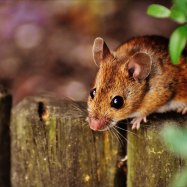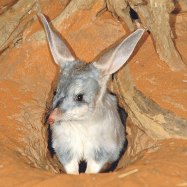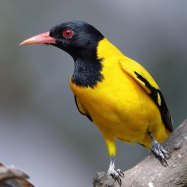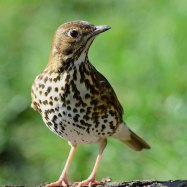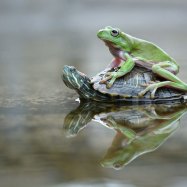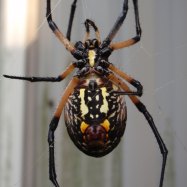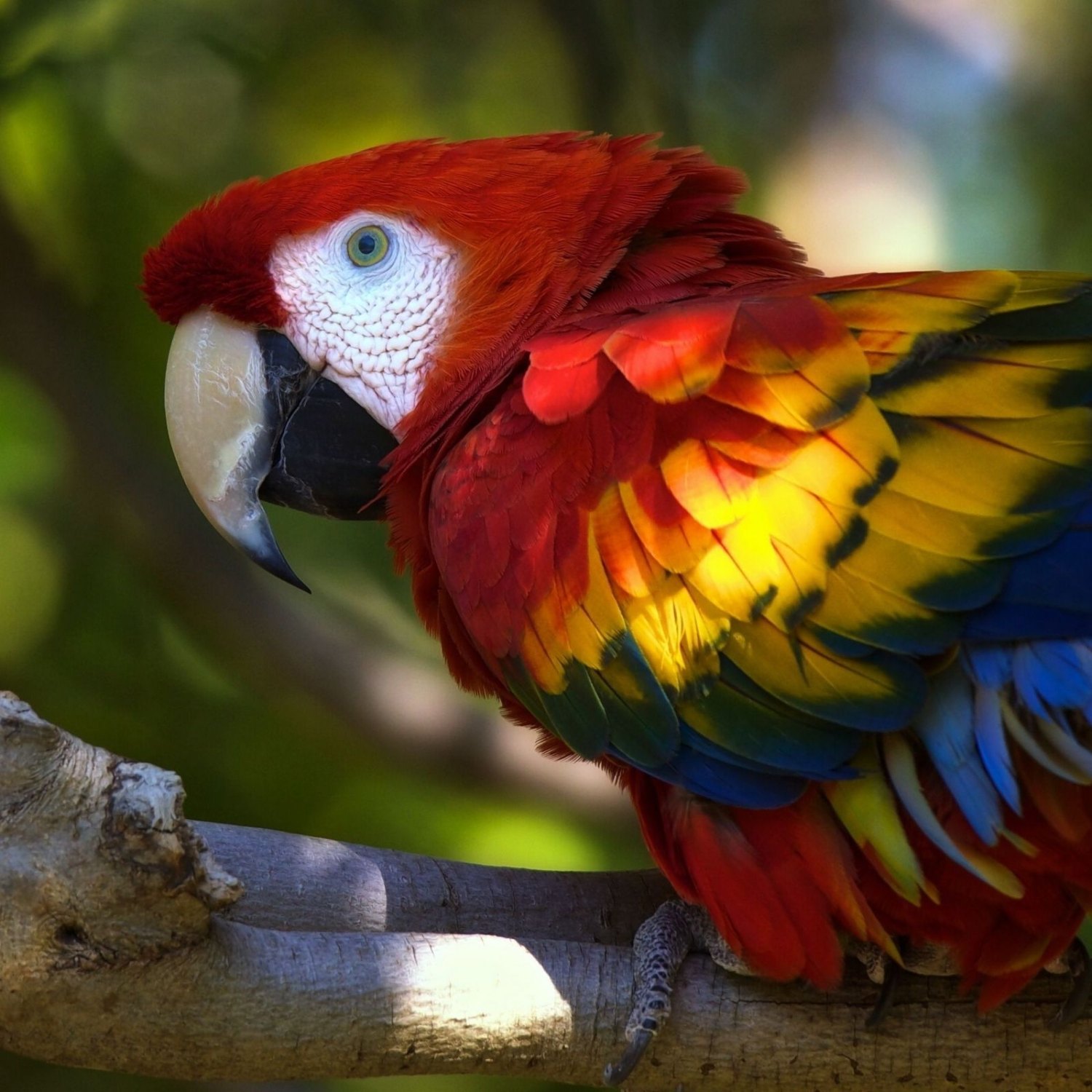
Bird
Varies depending on the species
Birds are fascinating creatures that come in all shapes and sizes. From the tiny hummingbird to the majestic eagle, each species has unique characteristics and can be found in various locations around the world. Some common families of birds include finches, parrots, and owls. Their varied body shapes allow them to thrive in different habitats, making them a diverse group of animals to observe and learn about. Next time you spot a bird, take a moment to appreciate its beauty and diversity. #birds #wildlife #nature
Animal Details Summary:
Common Name: Bird
Kingdom: Animalia
Habitat: Varies depending on the species
The Fascinating World of Birds: A Closer Look at Aves
With their beautiful plumage, melodious songs, and graceful flight, it's no wonder that birds are one of the most beloved animals on the planet. Found in every corner of the world, these incredible creatures are a sight to behold. But what makes them so unique? Let's dive into the world of birds and discover what makes them so fascinating.Scientific Classification of Birds
Firstly, let's start with their scientific name – Aves Bird. This classifies them as birds, which is their common name as well. In the animal kingdom, birds belong to the phylum Chordata, which means they have a spinal cord. They also fall under the class Aves and can vary in their order and family depending on the species.Habitat and Geographical Distribution
Birds are found all over the world, from the icy regions of Antarctica to the lush rainforests of the Amazon. They adapt to their surroundings and can thrive in a variety of habitats, including forests, grasslands, deserts, and even urban areas.Their geographical distribution depends on the species. For example, penguins are found in the Southern Hemisphere, while bald eagles are found in North America. Some migratory birds travel thousands of miles each year to find the best breeding and feeding grounds.
Feeding Method
Birds have diverse dietary needs, and their feeding method varies depending on their species Bee Eater. While most birds are omnivorous, consuming both plants and animals, some are herbivores or carnivores.Seed-eating birds use their beaks to crack open shells, while insectivorous birds use their beak as tweezers to pluck insects out of the air. Birds of prey have sharp, curved beaks and strong talons to catch and eat their prey. Some sea birds are even known to dive into the water to catch fish!
Body Shape and Coloration
One of the most distinctive features of birds is their varied body shapes. From the stout, round body of a pigeon to the sleek, streamlined body of a hummingbird, each species has a unique body shape suited to its lifestyle.Birds come in an incredible array of colors, from vibrant plumage to muted tones. Their coloration serves both as camouflage and a form of attracting mates. Some birds have bright, flashy feathers while others have dull, earthy tones to blend into their surroundings.
The Benefits of Flying
One of the most impressive abilities of birds is their ability to fly. With their wings, hollow bones, and aerobic lungs, birds have evolved to be exceptional flyers. Flying provides many advantages for birds, including faster movement, escaping predators, and finding food and mates.In addition, many bird species have a remarkable sense of direction and the ability to migrate long distances. Some birds can even use Earth's magnetic field to navigate during their incredible journeys.
Birds and Humans
Birds have played an essential role in human culture and history for centuries. They have been a source of food, inspiration for art and literature, and even companions. Many bird species, such as canaries and parrots, have been domesticated and are kept as pets.Birds have also played a crucial role in the environment. They help pollinate plants, control insect populations, and disperse seeds. Sadly, human activities such as deforestation, pollution, and climate change have led to a decline in many bird species' populations.
Bird Conservation
Fortunately, there are efforts being made to protect and preserve bird species. Many organizations are working towards conserving natural habitats, educating the public, and promoting responsible birdwatching practices.In addition, technological advancements have also played a role in bird conservation. For instance, bird tracking devices help researchers and conservationists understand bird migration patterns and monitor populations.
Fascinating Bird Facts
- The bee hummingbird is the smallest bird in the world, measuring only 2 inches long.- Ostriches are the largest and heaviest birds, weighing up to 350 pounds.
- Some bird species, like the lyrebird, can mimic human speech and other sounds.
- Penguins have a gland above their eyes that removes the salt from seawater, allowing them to survive in the ocean.
- Bald eagles can fly up to speeds of 30 miles per hour and dive at speeds of 100 miles per hour.
- The longest recorded flight by a bird was a bar-tailed godwit that traveled 7,145 miles non-stop from Alaska to New Zealand.
Conclusion
In conclusion, birds are truly remarkable creatures that have captured our hearts and imaginations. From their incredible adaptations to their unique behaviors, there is much to be learned and appreciated about these feathered friends. As we continue to understand and protect these magnificent creatures, we can ensure that they will continue to enchant us with their beauty and grace for generations to come.

Bird
Animal Details Bird - Scientific Name: Aves
- Category: Animals B
- Scientific Name: Aves
- Common Name: Bird
- Kingdom: Animalia
- Phylum: Chordata
- Class: Aves
- Order: Varies
- Family: Varies
- Habitat: Varies depending on the species
- Feeding Method: Varies depending on the species
- Geographical Distribution: Worldwide
- Country of Origin: Varies depending on the species
- Location: Varies depending on the species
- Animal Coloration: Varies depending on the species
- Body Shape: Varies depending on the species
- Length: Varies depending on the species
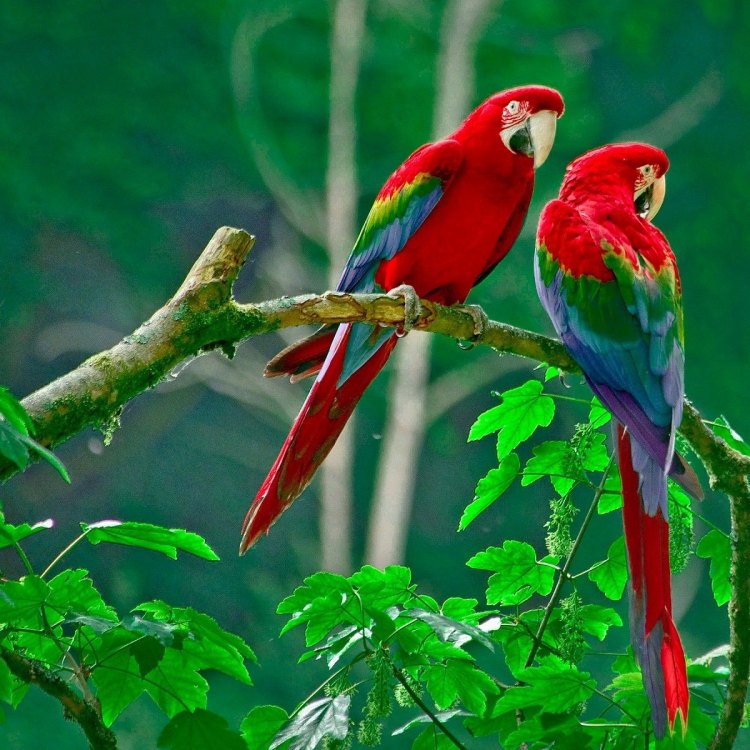
Bird
- Adult Size: Varies depending on the species
- Average Lifespan: Varies depending on the species
- Reproduction: Varies depending on the species
- Reproductive Behavior: Varies depending on the species
- Sound or Call: Varies depending on the species
- Migration Pattern: Varies depending on the species
- Social Groups: Varies depending on the species
- Behavior: Varies depending on the species
- Threats: Varies depending on the species
- Conservation Status: Varies depending on the species
- Impact on Ecosystem: Varies depending on the species
- Human Use: Varies depending on the species
- Distinctive Features: Varies depending on the species
- Interesting Facts: Varies depending on the species
- Predator: Varies depending on the species
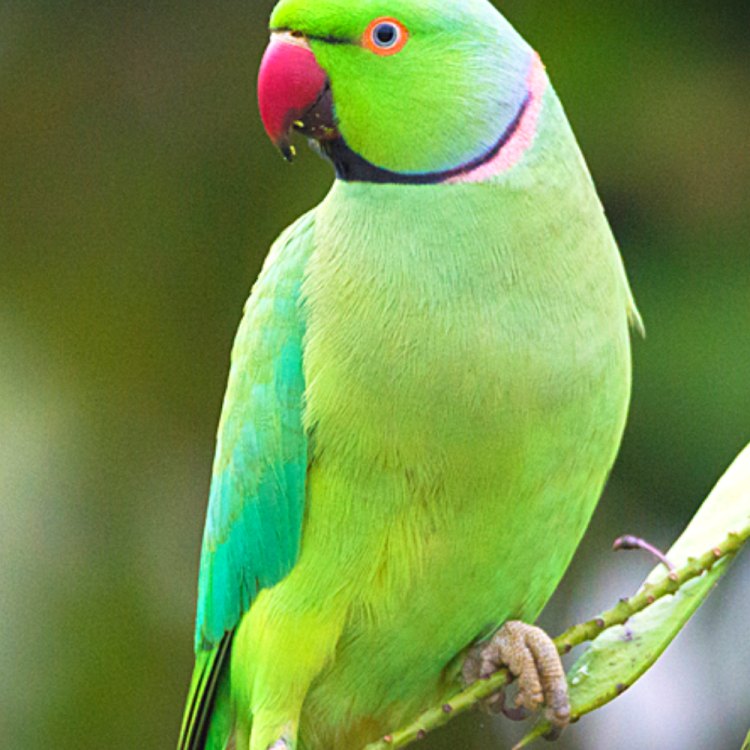
Aves
The Fascinating World of Birds: A Closer Look into Their Unique Features
From the majestic eagle soaring through the sky to the tiny hummingbird hovering over a flower, birds are one of the most diverse and fascinating creatures on our planet. They come in all shapes, sizes, and colors, and can be found in almost every corner of the globe. But what makes birds truly unique and captivating? In this article, we will take a closer look at the distinctive features of birds, from their size and behavior to their impact on the ecosystem and the threats they face.Let's begin by exploring some basic facts about birds PeaceOfAnimals.Com. One of the most prominent features of birds is their size, which varies greatly among different species. Some birds, like the ostrich, can reach heights of up to 9 feet and weigh over 300 pounds, making them the largest living bird on Earth. On the other hand, the bee hummingbird, found in Cuba, is the smallest living bird, measuring only 2 inches and weighing less than 0.1 ounce. As you can see, there is a vast range in size within the bird kingdom.
Another interesting aspect of birds is their lifespan, which also varies depending on the species. Some birds, such as the albatross, can live up to 60 years, while others, like the painted bunting, have a lifespan of only 3-4 years. This disparity in lifespan can be attributed to a variety of factors, including reproductive behavior, migration patterns, and exposure to threats.
Speaking of reproduction, birds have adapted to a remarkable range of reproductive behaviors Barb. Some species, like penguins, mate for life and raise their young together, while others, like the male ruffs, perform elaborate courtship dances to attract a mate. Additionally, there is a remarkable variety in bird nests, with some species building intricate structures, while others simply lay their eggs on the ground.
But what makes birds truly fascinating is their behavior. From the synchronized flight of migratory birds to the complex social hierarchies of birds of prey, their behavior is nothing short of extraordinary. For example, some bird species, like flamingos, form large groups called colonies, while others like the great horned owl are solitary creatures. The diversity in their behavior is a testament to their incredible adaptability and survival skills.
Unfortunately, with human activities, birds face a multitude of threats that impact their survival. These threats include habitat loss, pollution, climate change, and poaching. Habitat loss, mainly due to deforestation and urbanization, has been a significant cause of concern for many bird species. It not only affects their ability to find food and shelter but also disrupts their breeding and migration patterns.
Pollution, such as oil spills and plastic waste, poses a significant threat to birds. Many birds mistakenly ingest plastic, mistaking it for food, or get trapped in discarded fishing nets, which can harm or even kill them. Climate change also has a detrimental impact on bird species, as it alters their habitats and can cause changes in migration patterns and food sources.
Despite these threats, there are also efforts being made to conserve and protect bird species. Organizations such as the Audubon Society and the World Wildlife Fund work tirelessly to preserve bird populations and their habitats. Additionally, many countries have laws and regulations in place to protect endangered species and their habitats. It is essential for us, as humans, to recognize the vital role birds play in our ecosystem and take action to protect them.
Birds also have a significant impact on the ecosystem. They are considered "indicator species" which means changes or declines in bird populations could be an indication of environmental problems. Birds are responsible for pollinating plants, dispersing seeds, and controlling insect populations, making them essential to the balance of the ecosystem. When bird populations are threatened or decline, it can have a ripple effect on the entire ecosystem.
Humans have also found various uses for birds, from domestication and agriculture to recreational activities like bird watching. Farming birds like chickens, ducks, and turkeys provide us with food, while birds such as canaries and parrots are popular as pets. In many cultures, birds are also symbolic and hold a special place in mythology and folklore.
Apart from their distinctive features, there are many interesting facts about birds that make them even more fascinating. For example, did you know that peregrine falcons are considered the fastest animal on earth, capable of diving at speeds of over 200 miles per hour? Or that the oldest known bird species is the Archaeopteryx, which lived around 150 million years ago? Birds also have incredible eyesight and can see a much wider range of colors than humans.
Another interesting fact is that birds of prey, like eagles and hawks, have a reversed fourth toe. Instead of pointing forward like the other three, it points backward, giving them a tighter and more secure grip on their prey. This adaptation is just one of the many ways birds have evolved to survive in their environments.
As with any creature in the animal kingdom, birds also have predators. From larger birds to mammals and insects, birds face a range of threats in the wild. However, their unique features, such as their flight and camouflage, give them an advantage in avoiding predators. Additionally, their keen senses, such as their exceptional hearing, help them detect and escape danger.
In conclusion, birds are truly one of the most fascinating creatures on Earth. With their varied sizes, behavior, and reproductive patterns, they have captured our imagination for centuries. However, it is crucial for us to understand and appreciate the importance of birds in the ecosystem and take steps to protect and preserve their populations. By doing so, we not only ensure the survival of these beautiful creatures but also maintain the balance and health of our planet.
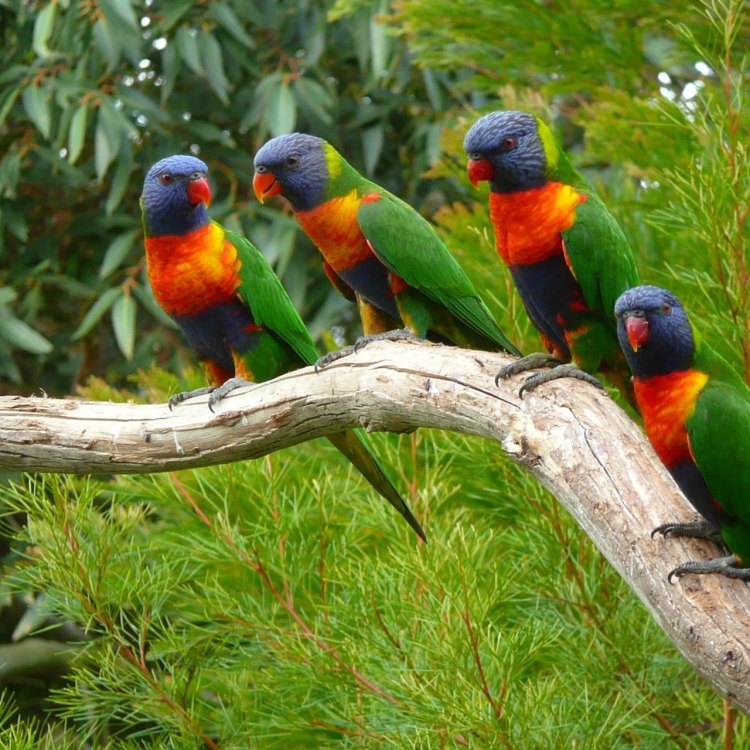
The Fascinating World of Birds: A Closer Look at Aves
Disclaimer: The content provided is for informational purposes only. We cannot guarantee the accuracy of the information on this page 100%. All information provided here may change without prior notice.


